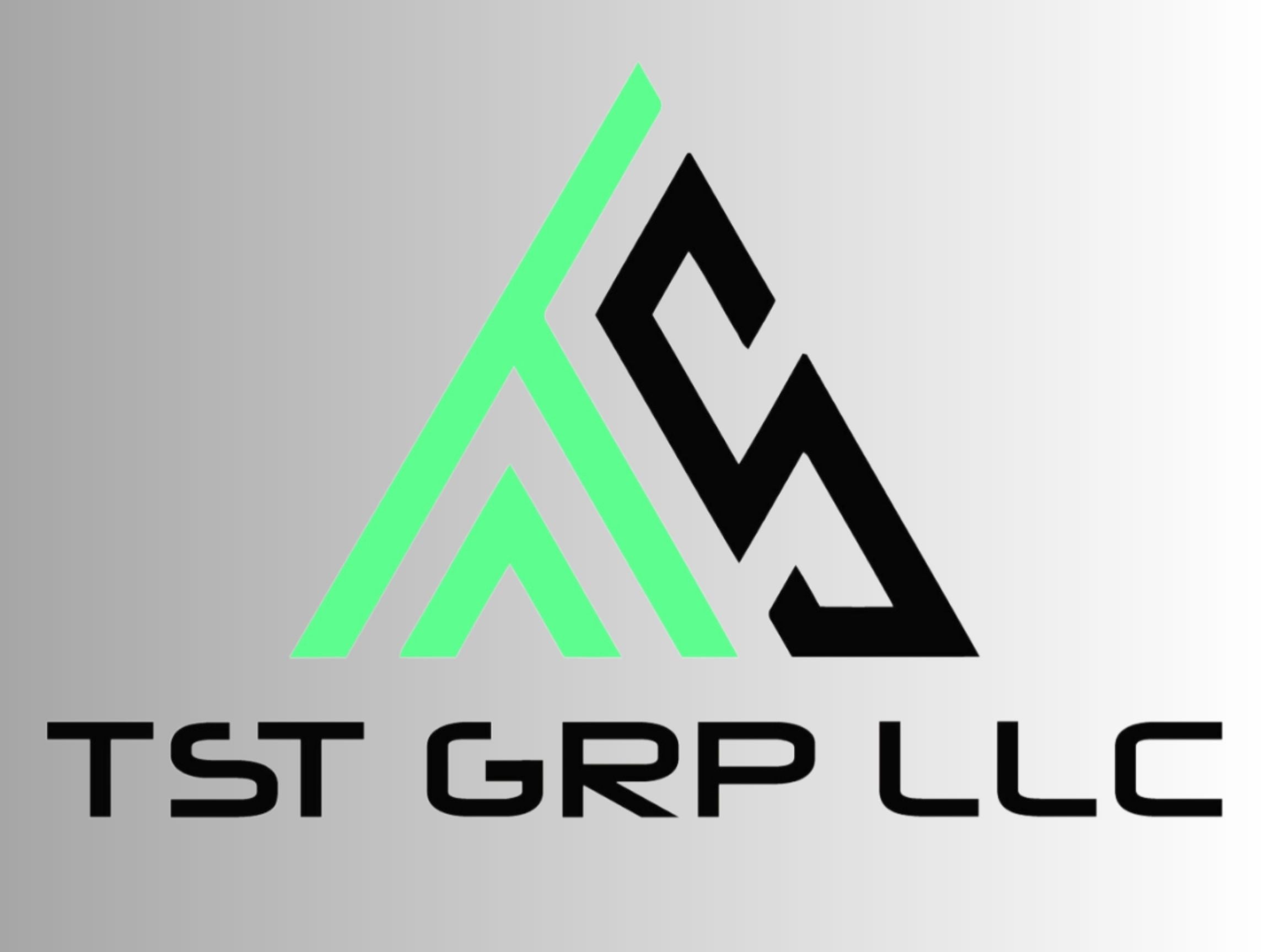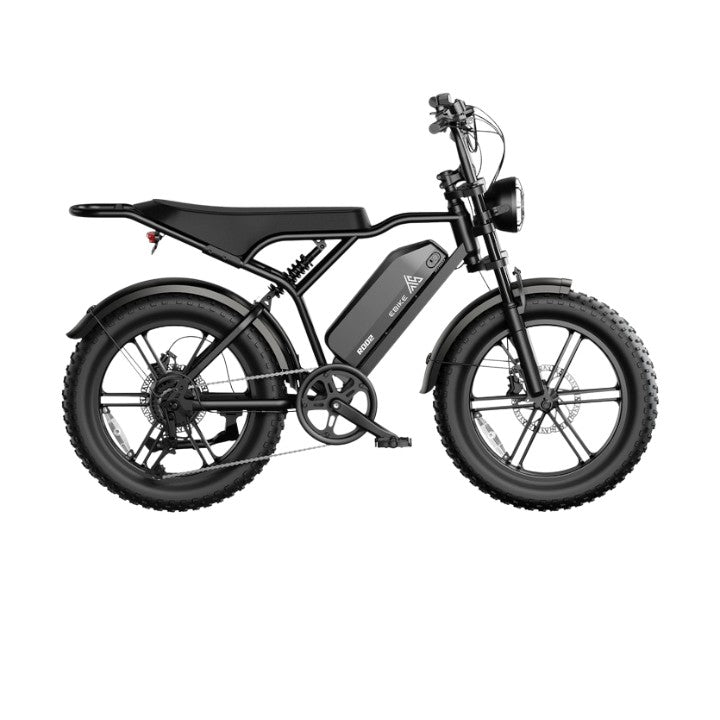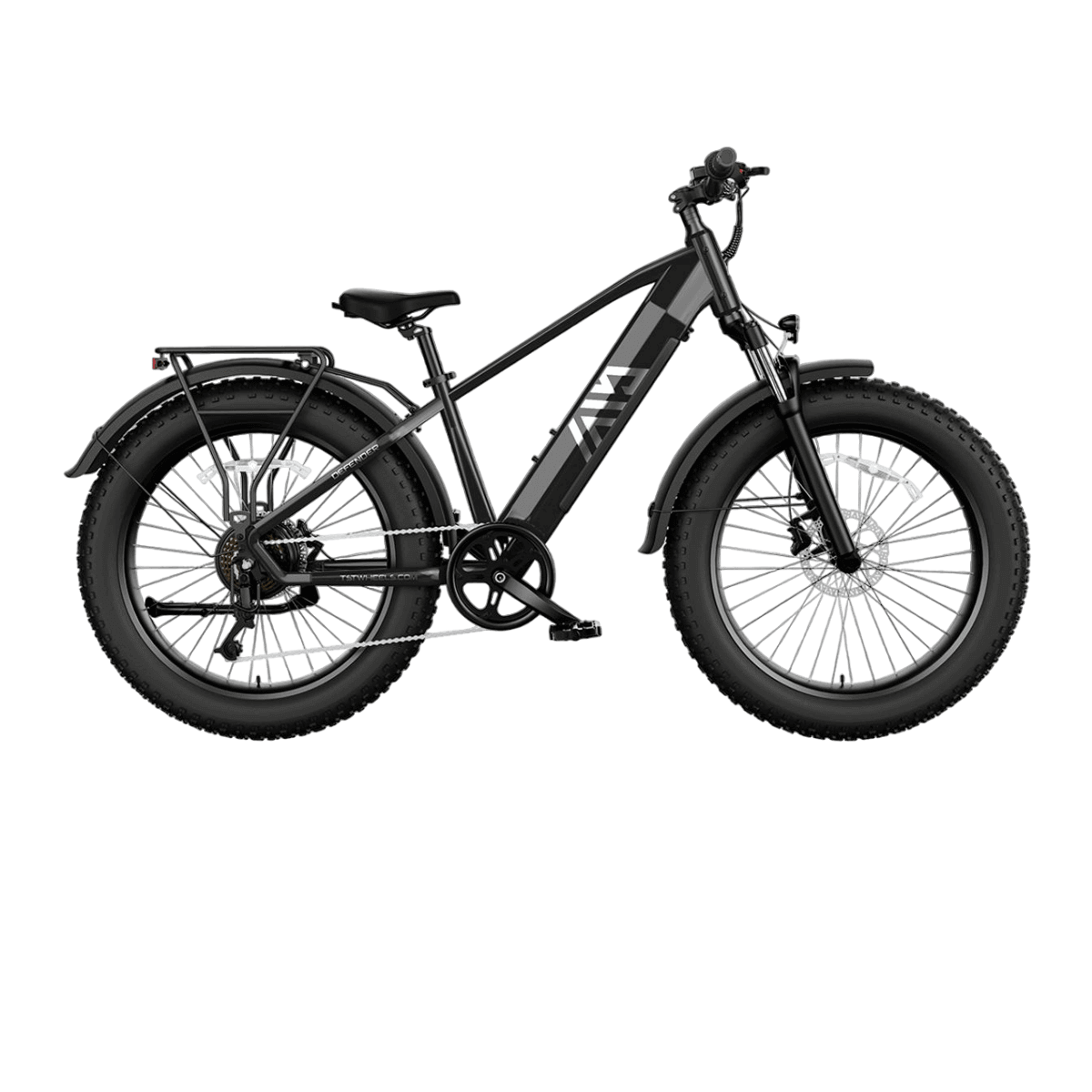E-bike classes are regulatory categories that define how electric bikes operate, where they can be ridden, and what features they include. The three main e-bike classes-Class 1, Class 2, and Class 3-determine pedal assist, throttle use, and top speed. Understanding e-bike classes is crucial for choosing the right e-bike, complying with local laws, and maximizing your cycling experience.
How Are E-Bike Classes Defined and What Sets Them Apart?
E-bike classes are primarily defined by the type of motor assistance, the presence of a throttle, and the maximum assisted speed. Class 1 e-bikes offer pedal-assist only, up to 20 mph. Class 2 e-bikes provide both pedal-assist and throttle, also up to 20 mph. Class 3 e-bikes are pedal-assist only but can reach speeds up to 28 mph. All classes are limited to a 750W (1 horsepower) motor for legal compliance in most regions.
Chart: E-Bike Classes Overview
| Class | Pedal Assist | Throttle | Max Assisted Speed | Typical Use Case |
|---|---|---|---|---|
| Class 1 | Yes | No | 20 mph | Bike paths, trails, commuting |
| Class 2 | Yes | Yes | 20 mph | Urban, leisure, flexible use |
| Class 3 | Yes | No | 28 mph | Faster commuting, road cycling |
What Is a Class 1 E-Bike and Where Can You Ride It?
A Class 1 e-bike provides motor assistance only when you pedal, with no throttle, and stops assisting at 20 mph. Class 1 e-bikes are the most universally accepted, allowed on most bike paths, multi-use trails, and city streets. They are ideal for recreational riders, commuters, and those seeking a traditional cycling feel with a boost.
What Makes a Class 2 E-Bike Unique and Who Benefits Most?
Class 2 e-bikes feature both pedal-assist and a throttle, allowing riders to use motor power without pedaling, up to 20 mph. This class suits riders who want flexibility-such as those with mobility issues, urban commuters, or anyone who appreciates effortless acceleration. However, some trails and paths may restrict Class 2 e-bikes due to the throttle feature.
How Does a Class 3 E-Bike Differ and What Are Its Advantages?
Class 3 e-bikes are pedal-assist only, with no throttle, but increase the top assisted speed to 28 mph. They are designed for faster commuting, keeping up with traffic, and handling heavier loads. Class 3 e-bikes are often restricted from multi-use paths but excel on roads and dedicated bike lanes. Riders must usually be 17 or older and wear a helmet.
Which TST EBike Models Correspond to Each E-Bike Class and What Are Their Features?
TST EBike offers both 26-inch and 27-inch models, each tailored to specific e-bike classes and riding needs. The 26-inch TST EBike is engineered for rough terrains like snow and sand and is available in Class 1 or Class 3 configurations, prioritizing power and control. The 27-inch TST EBike is optimized for daily commuting and mountain biking, often set up as Class 3 for higher speed and agility.
Chart: TST EBike Model Class Features
| Feature | 26-inch Model | 27-inch Model |
|---|---|---|
| Typical Class | 1 or 3 | 3 |
| Motor Power | 1000W mid-drive | 1000W mid-drive |
| Max Speed | 20–28 mph | 28 mph |
| Terrain | Snow, sand, rough | Commuting, mountain biking |
| Pedal Assist | Yes | Yes |
| Throttle | Optional (Class 2) | Optional (Class 2) |
How Do E-Bike Classes Affect Battery Life and Performance?
E-bike classes directly impact battery consumption and range. Class 1 and 2 e-bikes, capped at 20 mph, generally offer longer battery life per charge, as they require less power. Class 3 e-bikes, with higher speeds and greater power output, may see reduced range if ridden aggressively. TST EBike’s efficient battery management and motor systems help maximize performance across all classes.
What Are the Legal and Usage Implications of Each E-Bike Class?
Each e-bike class comes with specific legal restrictions and access rights. Class 1 and 2 e-bikes are widely allowed on bike paths and multi-use trails, while Class 3 e-bikes are often limited to roads and bike lanes. Age restrictions, helmet requirements, and local regulations vary, so always check your area’s rules before riding. TST EBike ensures its models comply with the latest standards for safe and legal operation.
How Can You Identify Your E-Bike’s Class and Stay Compliant?
To identify your e-bike’s class, check the motor type, speed limits, and presence of a throttle. Manuals and display settings often indicate class information. TST EBike provides clear documentation and labeling for all models, making it easy for riders to verify compliance and adjust settings as needed.
Buying Tips
When choosing an e-bike, consider which class best fits your riding style and local regulations. Class 1 is ideal for versatility and access to most paths. Class 2 offers throttle convenience for urban and leisure riders. Class 3 is best for speed and commuting. TST EBike’s 26-inch and 27-inch models are engineered for durability, performance, and compliance with all major e-bike classes. Always verify local laws, test ride different classes, and select a model with robust support and warranty.
TST EBike Expert Views
“At TST EBike, we believe understanding e-bike classes is key to unlocking the full potential of electric cycling. Our models are designed to meet the needs of every rider-whether you crave the all-terrain power of a 26-inch Class 1 or the commuting speed of a 27-inch Class 3. We help you ride confidently, safely, and in full compliance with evolving e-bike regulations.” – TST EBike Technical Team
FAQ
What is the difference between Class 1, 2, and 3 e-bikes?
Class 1: Pedal-assist only, 20 mph max. Class 2: Pedal-assist and throttle, 20 mph max. Class 3: Pedal-assist only, 28 mph max.
Can I ride a Class 3 e-bike on bike paths?
Usually not. Class 3 e-bikes are often restricted to roads and bike lanes due to their higher speed.
Do TST EBike models support all e-bike classes?
Yes, TST EBike offers models configured for Class 1, 2, and 3, with features and compliance for every rider.
Is a throttle required for Class 2 e-bikes?
Yes, Class 2 e-bikes must have a throttle that allows motor power without pedaling.
How do e-bike classes affect battery life?
Higher class (faster) e-bikes may drain the battery faster, but efficient riding and quality batteries, like those in TST EBike, help maximize range.











Leave a comment
All comments are moderated before being published.
This site is protected by hCaptcha and the hCaptcha Privacy Policy and Terms of Service apply.